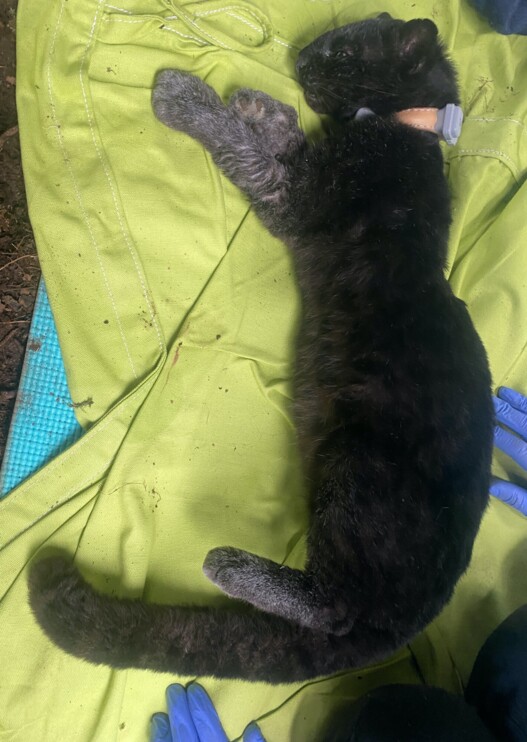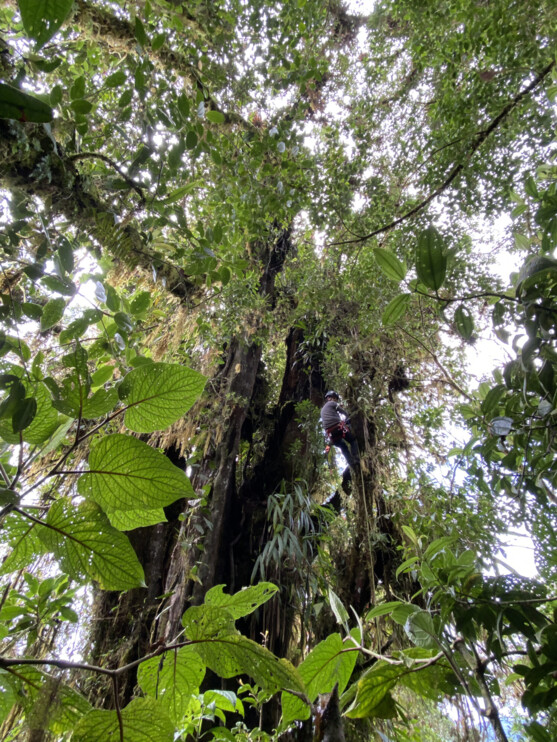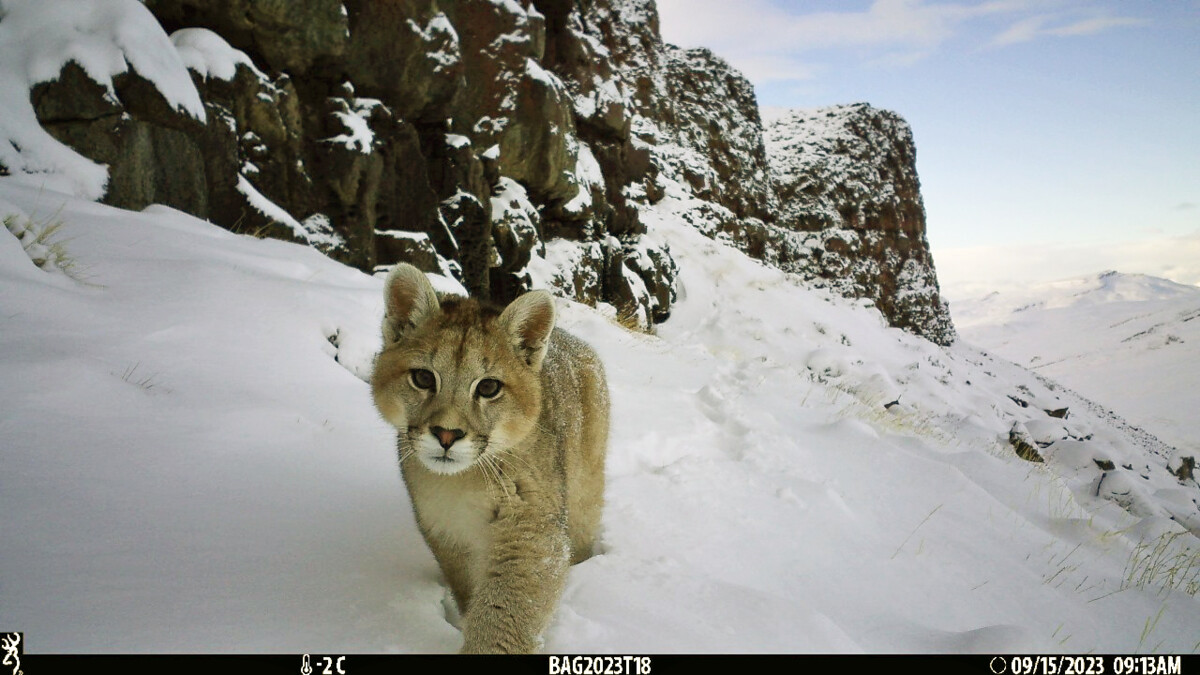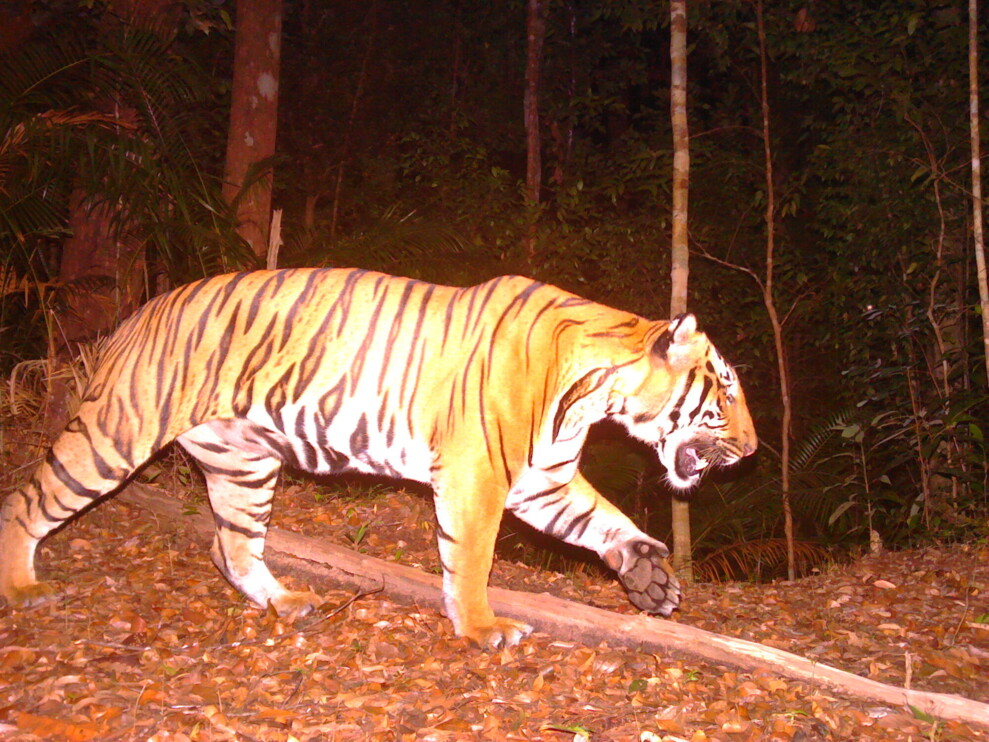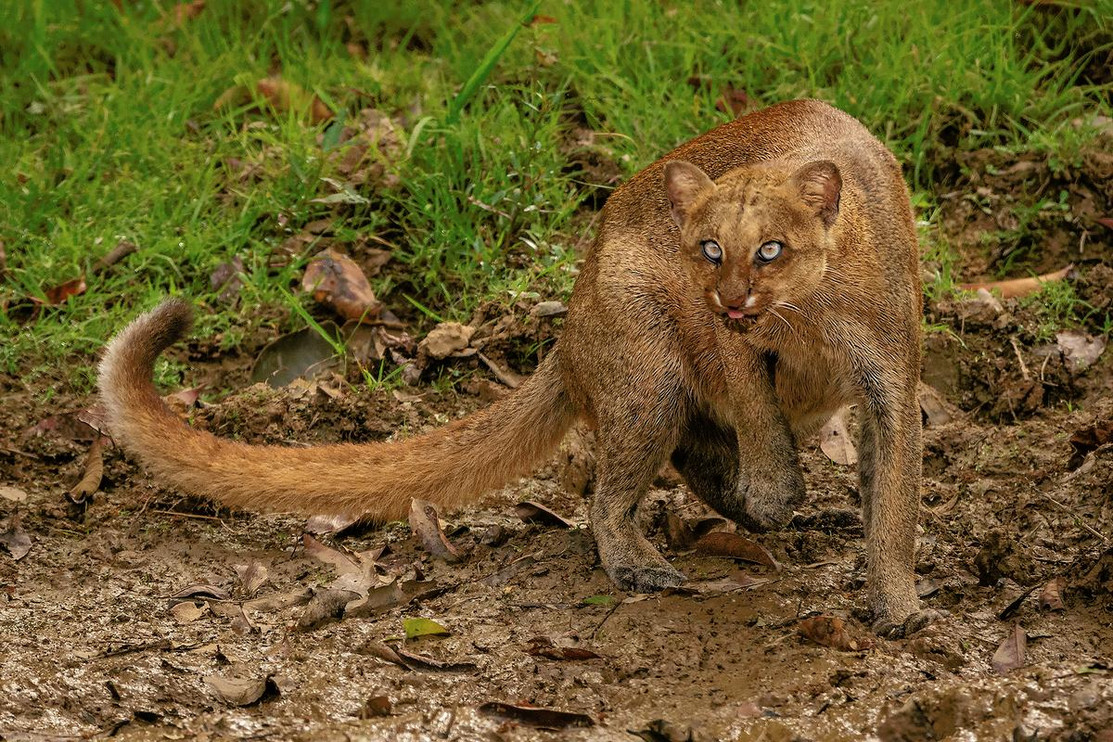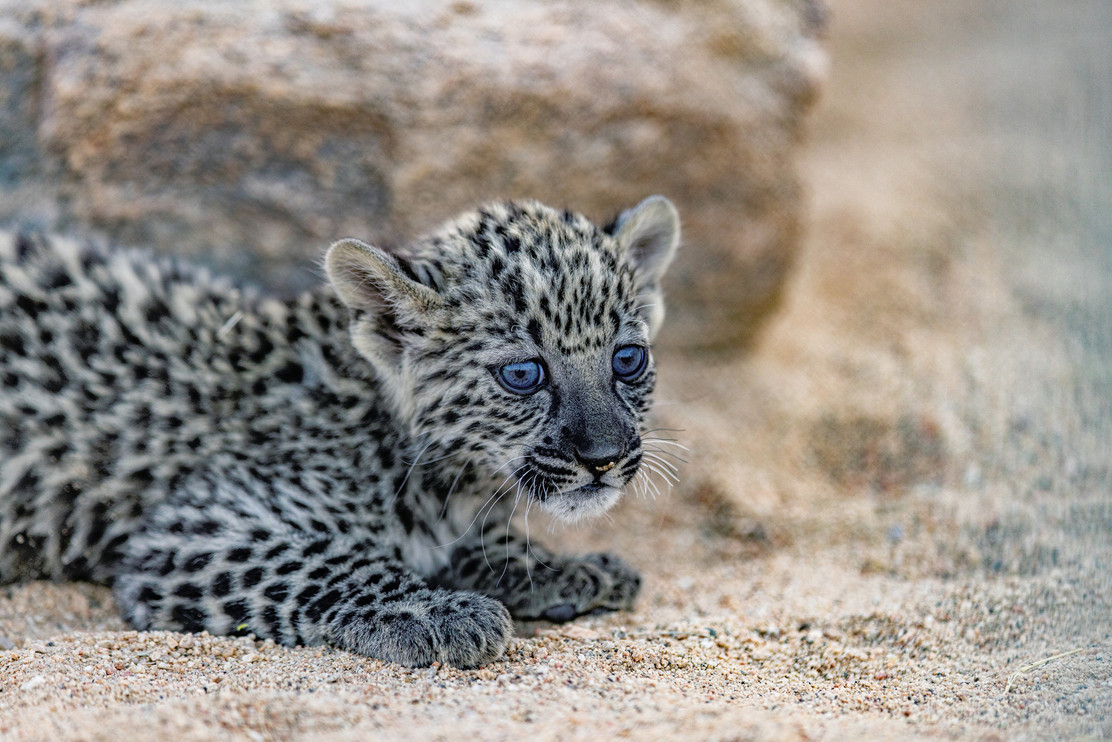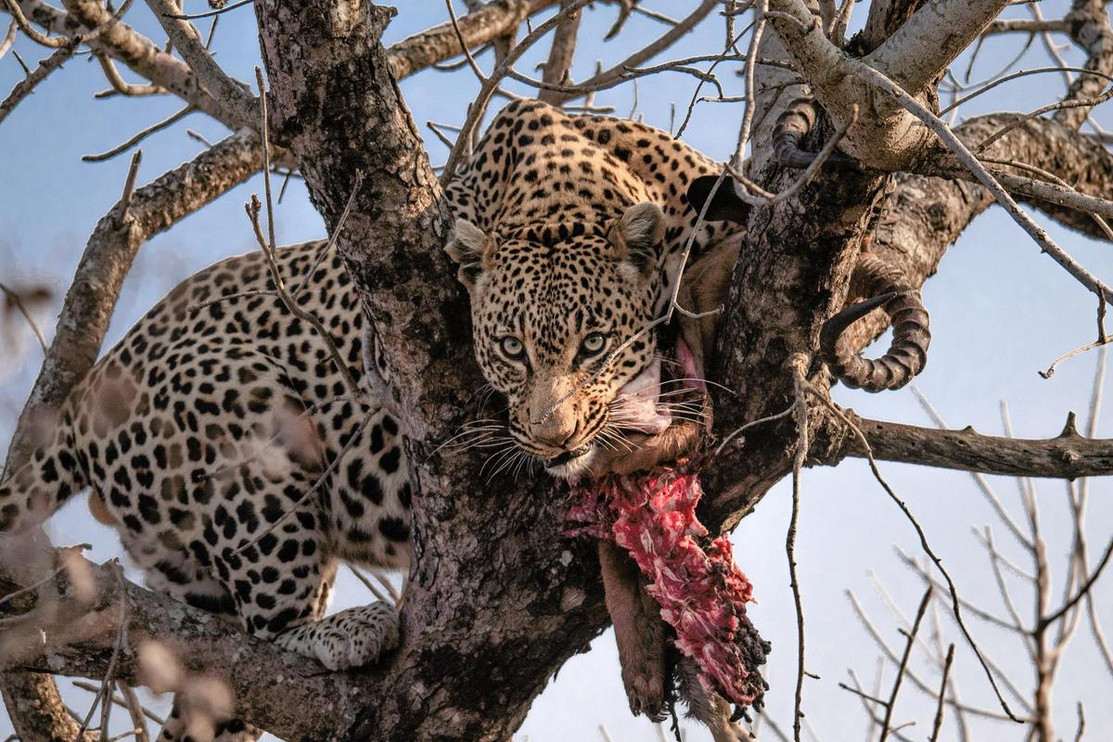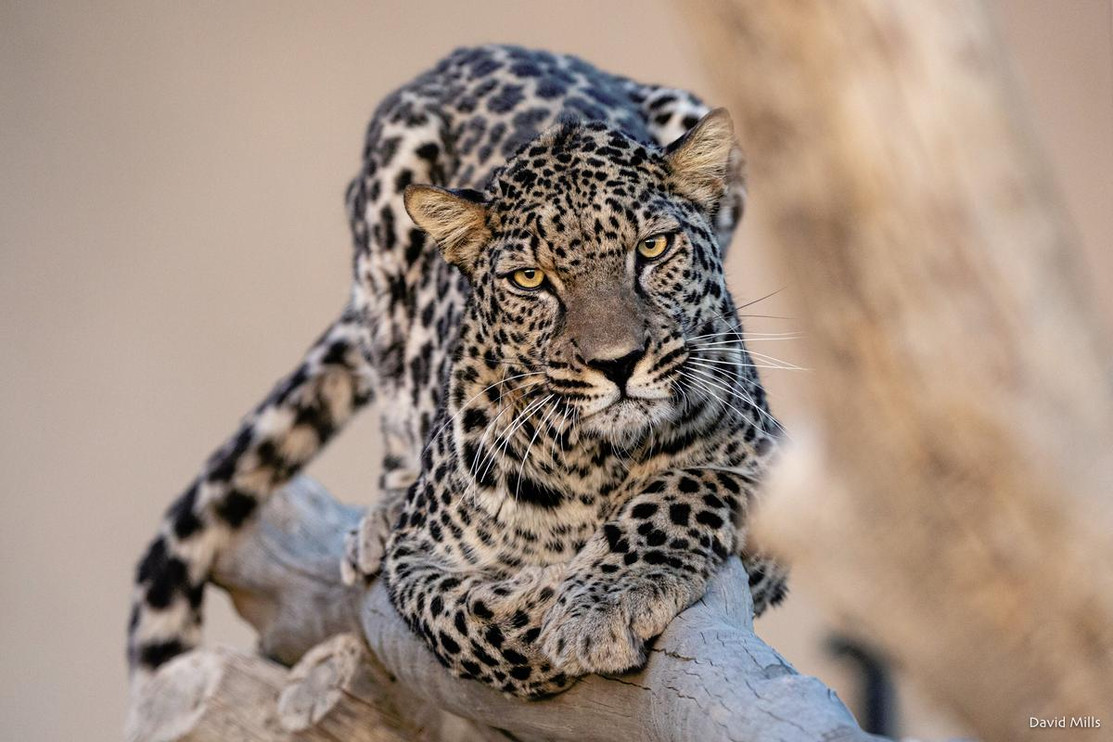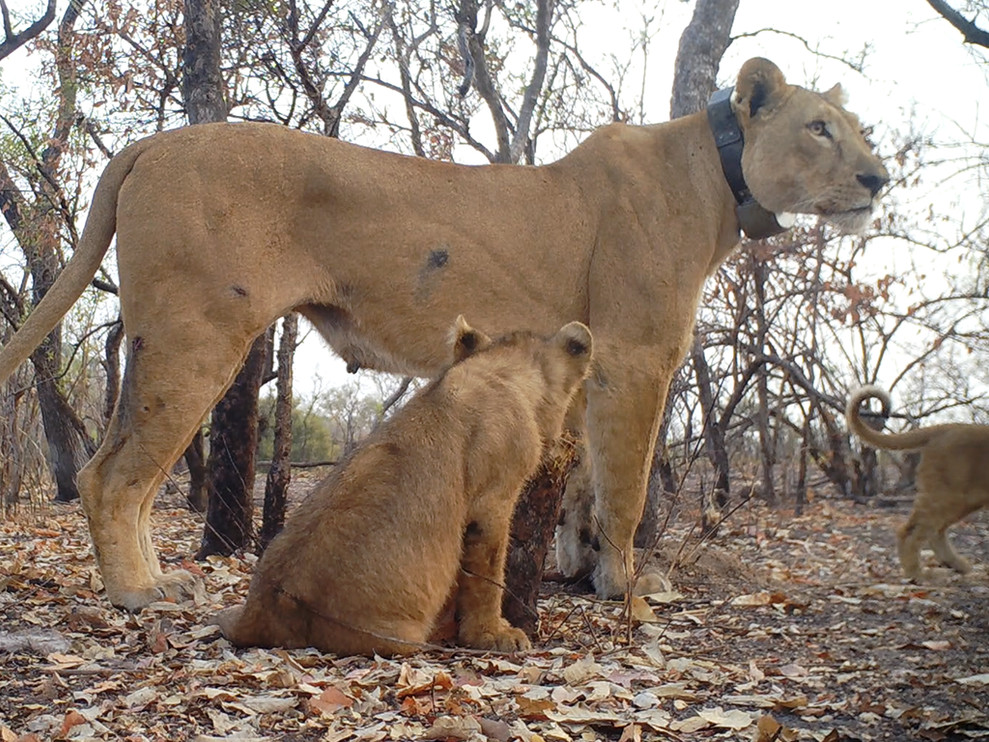Wild about wild cats?
By joining our email list, you will receive the latest conservation updates, exciting stories from the field, our monthly newsletter, and more.
Join Our Email ListPanthera cares about your privacy. Read our Privacy Policy.
© Sebastian Kennerknecht



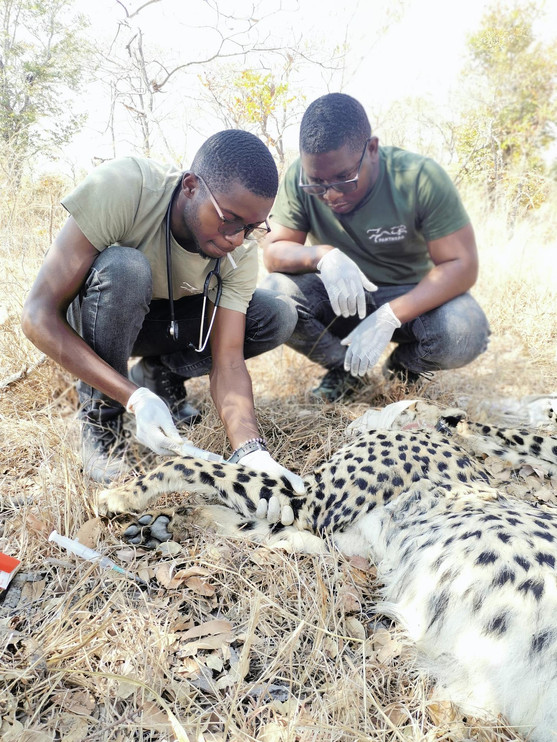
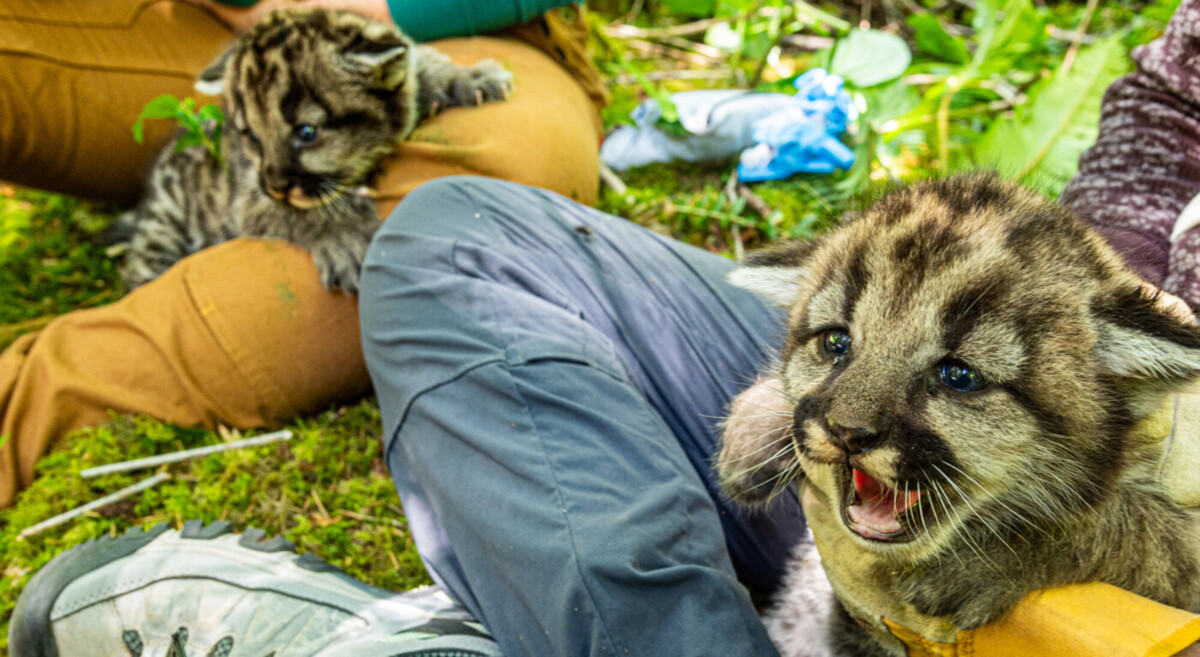


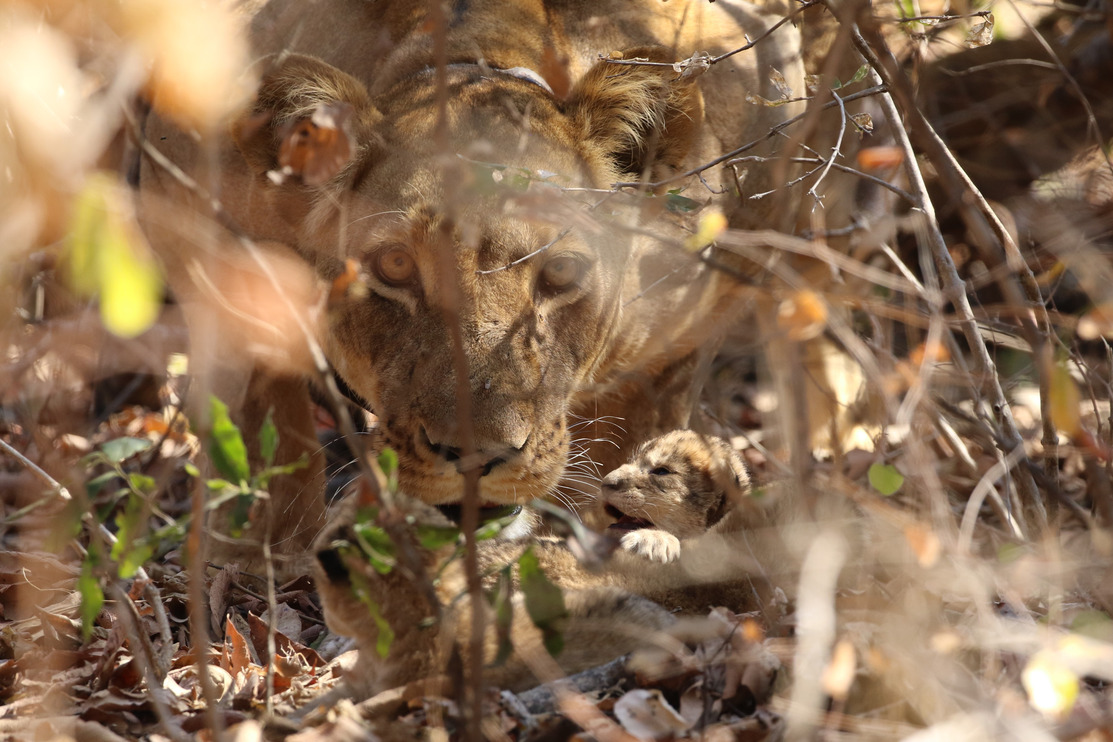
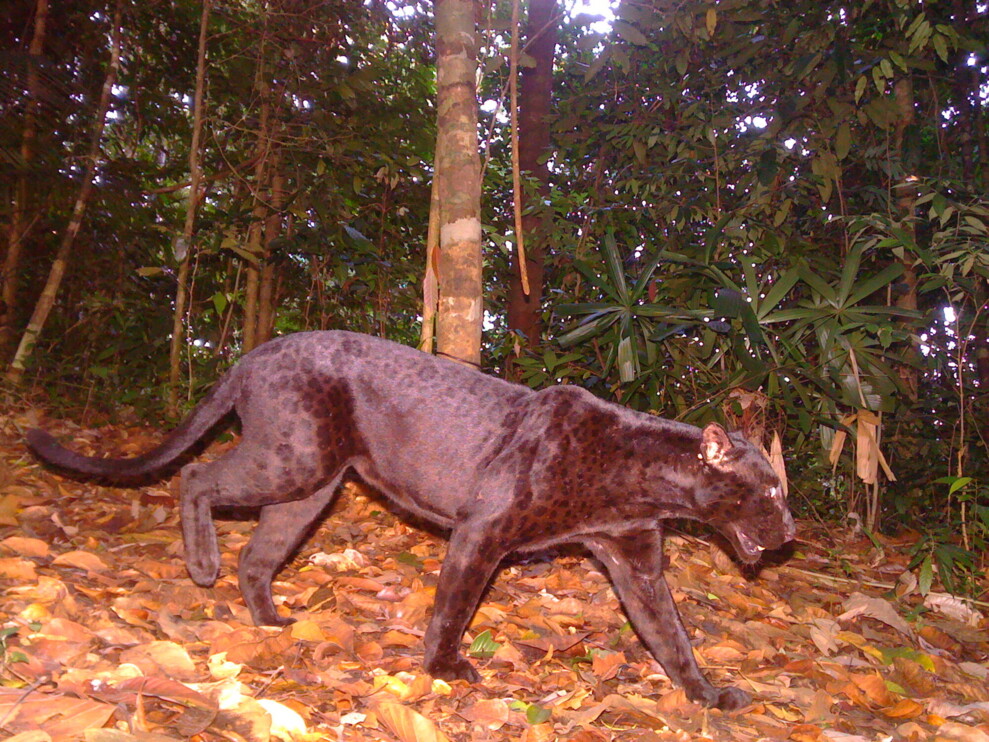
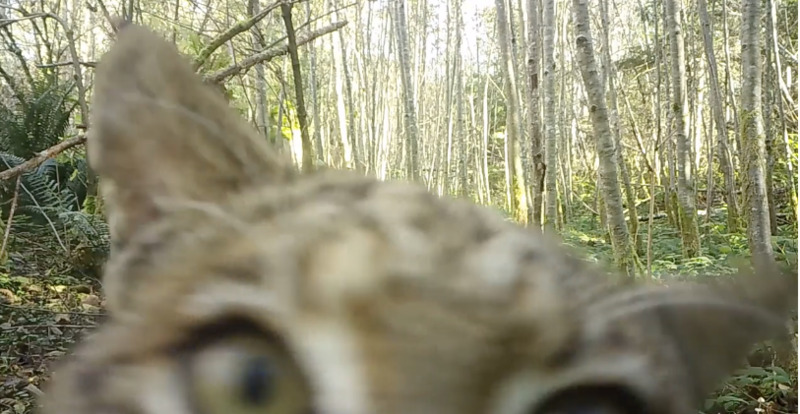

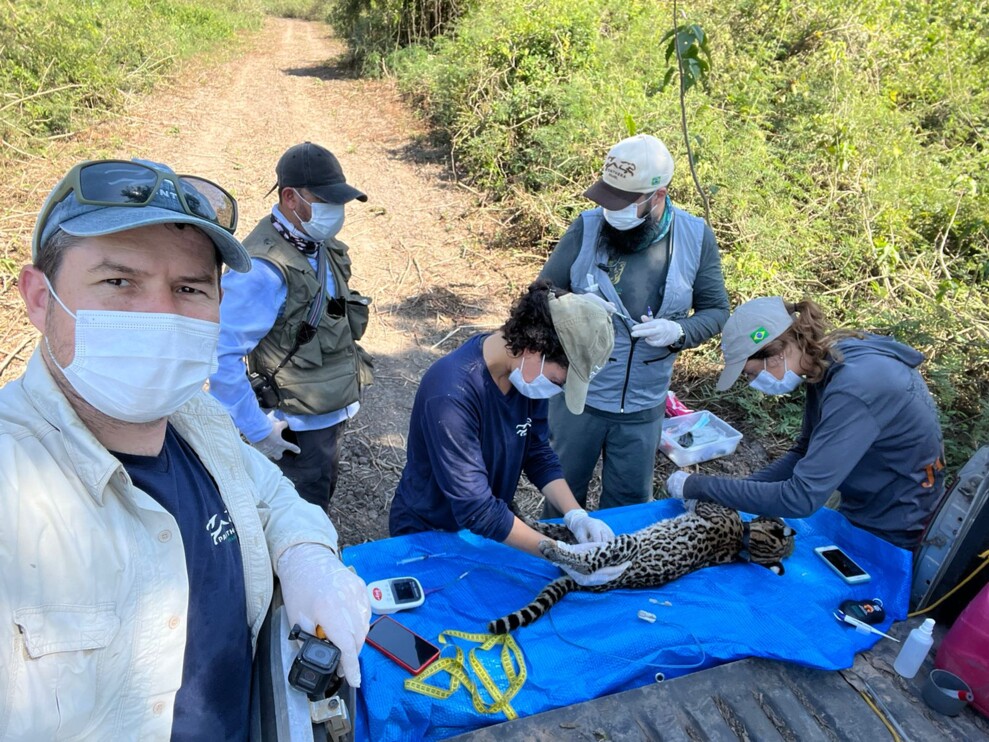
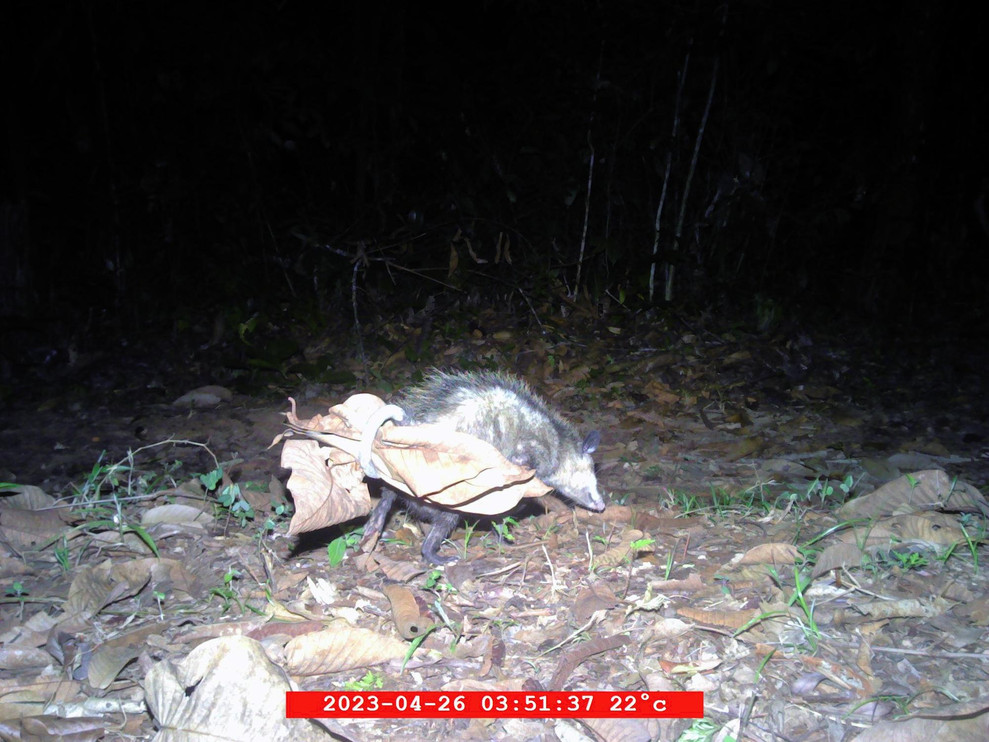 Check out the amazing tail of this opossum in Belize’s Cockscomb Basin Wildlife Sanctuary. This important jaguar haven is now the site of the
Check out the amazing tail of this opossum in Belize’s Cockscomb Basin Wildlife Sanctuary. This important jaguar haven is now the site of the 
